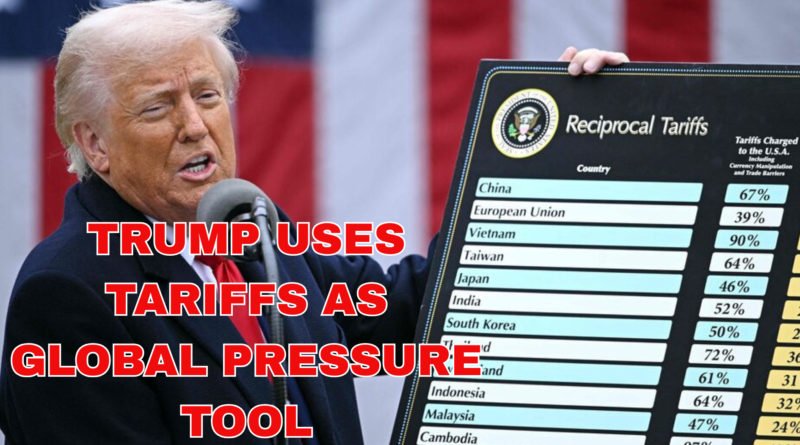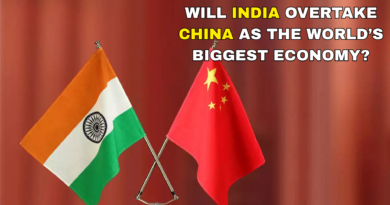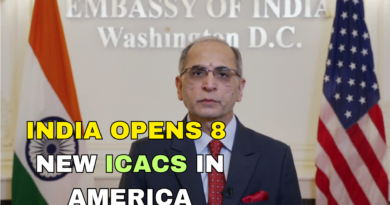TRUMP USES TARIFFS AS GLOBAL PRESSURE TOOL
In a development that marks a significant shift in U.S. trade policy, a Washington Post investigation has revealed that President Donald Trump expanded the use of tariffs beyond their traditional economic purpose, deploying them as tools to achieve wider diplomatic and national security objectives. This approach, blending commerce with geopolitical maneuvering, has drawn both praise from supporters and alarm from policy experts who warn of the potential long-term consequences.
Traditionally, tariffs taxes imposed on imported goods are wielded to protect domestic industries, correct trade imbalances, or punish unfair trade practices. However, under Trump’s leadership, the tool became a central pillar of a broader strategy: leveraging America’s economic might to achieve diplomatic and strategic goals. The investigation highlights several instances where tariff threats or actions were directly tied to unrelated political or security issues, effectively turning trade into a bargaining chip in high-stakes international negotiations.
One of the most striking examples cited involved Israel and the strategic Haifa port, a key maritime hub in the eastern Mediterranean. The Trump administration reportedly sought to pressure Israel into limiting Chinese involvement in the port’s operations, citing concerns over Beijing’s growing influence in the region and the potential risk to U.S. naval activities. According to officials familiar with the matter, the threat of economic measures, including tariffs, was used as part of the persuasion effort a tactic that underscores the administration’s willingness to link economic penalties to foreign policy decisions.
Similarly, the report notes that South Korea was targeted with tariff threats as part of negotiations over defense cost-sharing and broader U.S. military flexibility in the Asia-Pacific region. While tariffs are not traditionally part of military alliance discussions, the Trump administration blurred the lines, suggesting that favorable trade terms could be contingent upon security cooperation. The message was clear: economic benefits would flow only if strategic demands were met.
India also found itself in the crosshairs, particularly over its continued purchase of Russian oil. Despite being a major U.S. partner in the Indo-Pacific strategy aimed at countering China, New Delhi faced tariff pressure as Washington sought to reduce global reliance on Russian energy. The Trump team’s stance demonstrated that even friendly nations were not immune from economic coercion if their policies clashed with U.S. strategic objectives.
Supporters of the approach argue that it reflects a pragmatic use of America’s considerable economic power. By linking trade to national security concerns, they contend, the U.S. gains leverage that pure diplomacy cannot always provide. In an era of great-power competition, where economic and security interests are increasingly intertwined, they see Trump’s tactics as a natural evolution of statecraft.
However, critics warn that the strategy risks undermining global confidence in the United States as a reliable trading partner. “When tariffs are used as a blunt instrument for everything from military alliances to foreign investment decisions, it erodes trust and predictability,” said one former trade negotiator. Businesses, they note, depend on stable trade rules to plan investments and supply chains — uncertainty caused by politically motivated tariffs can disrupt global markets and damage economic growth.
Experts also caution that this fusion of economic, diplomatic, and corporate interests could set a precedent for future leaders, making trade policy more volatile and less transparent. By tying tariffs to a broad array of political goals, the Trump administration may have opened the door to an era where economic penalties are a default tool in almost any international dispute.
As global politics grows increasingly complex, the use of tariffs as a diplomatic lever could remain part of the U.S. toolkit whether under Trump or future presidents. Yet the risks are clear: overuse or misapplication could alienate allies, trigger retaliatory measures, and destabilize the very international system the U.S. helped build.
In the end, Trump’s approach represents both an innovation in economic statecraft and a potential warning sign. Whether history judges it as a bold, strategic masterstroke or a dangerous gamble will depend largely on how future administrations balance the interplay between trade, diplomacy, and security.




